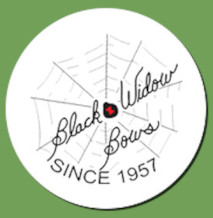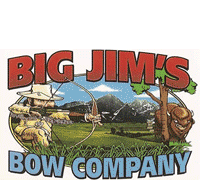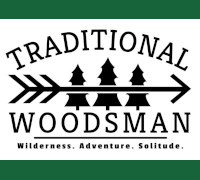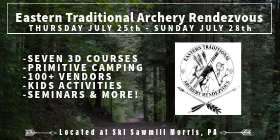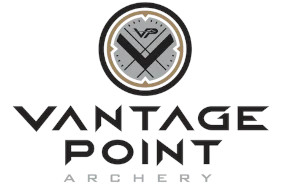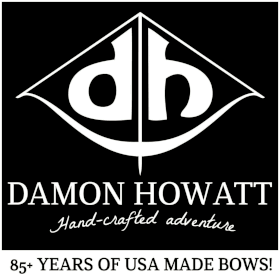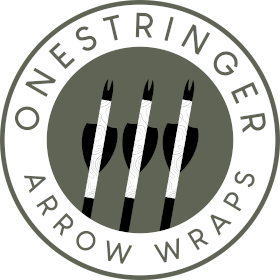Welcome back.
Fletching tape works about as well as glue.
Big changes over the past 30 years are carbon arrow shafting and low stretch strings, and I suppose carbon limb laminations and super recurve designs as well as hybrid bows (generally shorter bows with recurve (pistol grip) handles and extreme deflex/reflex limbs).
Paper tuning was primarily introduced and popularized by wheelie shooters after they switched to trad bows. Probably some trad folks who looked at wheelie shooters and just thought it was a good idea as well. Not everyone does it, and it usually doesn't work too good with wood shafts because unless you''re already close to the correct spine, the arrows can leave the bow at a substantial angle and break when they hit the back stop behind the paper.
Same problem with bare shaft tuning, which is very similar. With bare shafting, the orientation and location of the bare shaft arrow on the target is used to assess spine match to the bow, and to adjust it if necessary by changing arrow length and or/point weight, brace height, nock point height, etc. A good number of trad shooters use this method, particularly those shooting carbon arrows. There are probably old threads on this site dealing with bare shaft tuning. If not, the internet is full of them.
Though a lot of folks do use these tuning methods. There's also a lot of folks who don't. Many wood shooters get to the correct spine through trial and error shooting different spines such as you will be doing with your test kit. They just cut the shafts to the length they want, fletch them and see which shoot the best. Not as precise, but good enough in most cases.
Have fun.





